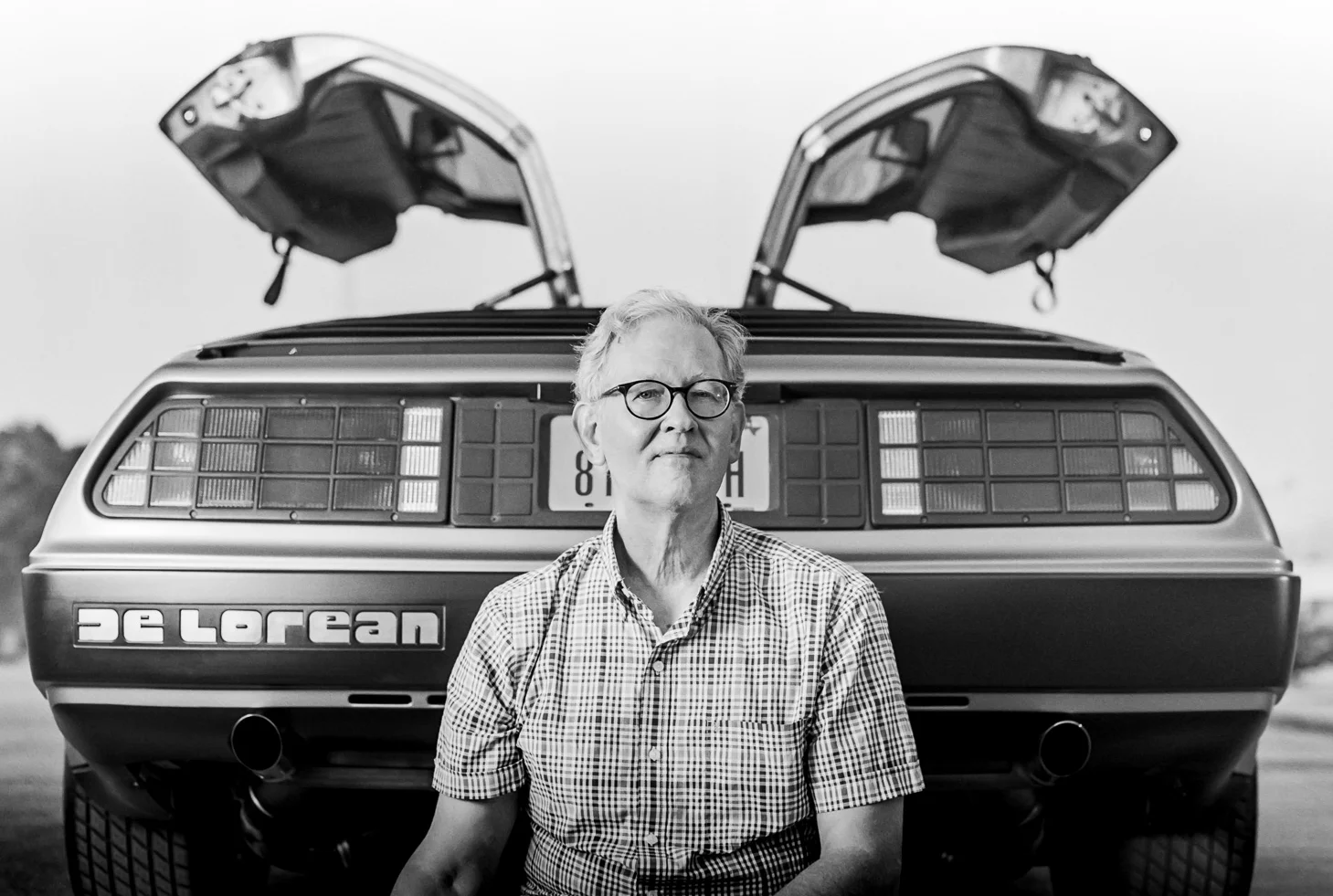What is the length of a decisive moment?
Henry Cartier-Bresson's images imply the composition changes in fractions of a second. Ansel Adams waited for the movement of clouds and sand dunes over the course of minutes and hours. The temporal decision on when to release the shutter adds a third dimension to the 2D composition in-front of the lens.
Missing the decisive moment
I recently realized I missed a decisive moment, probably by weeks. I took a low quality picture of a Houston downtown abandoned building with a Pen FT. The picture is grainy, but more importantly, it was in black and white. The graffiti on the windows of the building was very large and interesting, but colourful - and it disappeared when viewed in black and white. I told myself I would return later to get a colour photo on a digital camera.
Weeks passed - and when I returned I found a building with all the windows removed. I guess the building is now being repaired and put back to use. It is still an interesting scene in its own right, but not the image I had visualized.
Waiting, in this case, was a mistake. You have to grab your moments, because you don't know when the moment will end.















